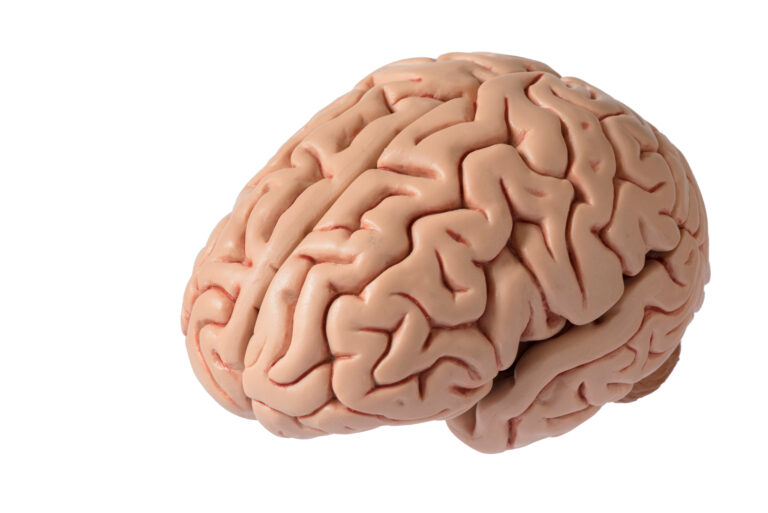With more than 50 million people worldwide currently living with Alzheimer’s disease, it is clear that this neurodegenerative disorder is a growing global health concern. Despite years of research and countless clinical trials, there is still no cure for Alzheimer’s disease and limited treatment options available. However, recent breakthroughs in gene therapy have sparked hope for a novel approach to treating this devastating disease.
Gene therapy is a technique that involves introducing genetic material into cells to replace a missing or defective gene. In the case of Alzheimer’s disease, this approach aims to target and correct the genetic mutations that are believed to contribute to the development of the disease.
One of the key genetic factors associated with Alzheimer’s disease is the presence of amyloid beta plaques in the brain. These plaques are abnormal protein deposits that can build up and disrupt communication between brain cells, leading to memory loss and cognitive decline. Researchers have long believed that decreasing the production of amyloid beta could potentially slow down or even reverse the progression of Alzheimer’s disease.
In a recent study published in the journal Nature, scientists from the University of California, San Francisco (UCSF) and Washington University in St. Louis detailed their innovative gene therapy approach to reduce amyloid beta production in the brain. The study involved genetically modifying the cells in the brain to produce a therapeutic antibody that specifically targets and clears away amyloid beta.
To achieve this, the researchers used adeno-associated viruses (AAVs) as vehicles to deliver the gene encoding the therapeutic antibody directly into the brains of mice with Alzheimer’s disease. AAVs are commonly used in gene therapy as they have shown to be safe and efficient delivery agents for genetic material.
The results of this study were promising. The treated mice showed a significant reduction in amyloid beta levels, improved cognitive function, and a decrease in brain inflammation compared to untreated mice. These findings suggest that this novel gene therapy approach could potentially slow down or even halt the progression of Alzheimer’s disease.
Furthermore, this gene therapy approach has several advantages over traditional drug treatments for Alzheimer’s disease. Unlike medications that need to be administered frequently, this gene therapy technique only requires a single treatment, as the modified cells can continuously produce the therapeutic antibody. This reduces the burden on patients and could potentially improve treatment adherence.
Additionally, this gene therapy approach has shown to be highly targeted and specific, only affecting the cells in the brain responsible for producing amyloid beta. This is in contrast to medication treatments that can have widespread effects on other organs and systems in the body.
While this research is still in its early stages, it has the potential to be a game-changer in the field of Alzheimer’s disease treatment. The results of this study have paved the way for future human clinical trials to test the safety and effectiveness of this gene therapy approach.
However, as with any new treatment, there are still challenges and potential risks that need to be addressed. One concern is the potential for off-target effects, where the AAVs may deliver the therapeutic gene to unintended cells, leading to unintended consequences. Therefore, careful monitoring and further research will be essential in ensuring the safety and effectiveness of this novel gene therapy approach.
In conclusion, the development of this gene therapy approach for Alzheimer’s disease is a significant breakthrough that offers hope for millions of people affected by this debilitating disease. While there is still much more research and testing needed, this innovative approach has the potential to revolutionize how we treat Alzheimer’s and possibly lead us one step closer to finding a cure.





